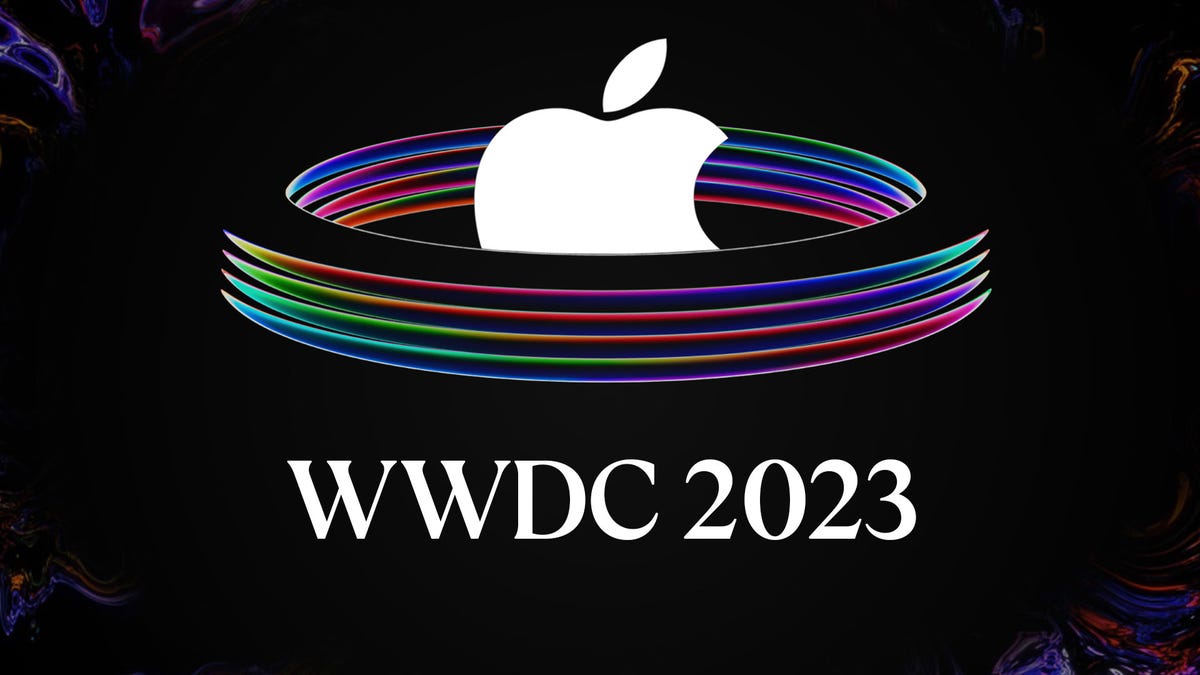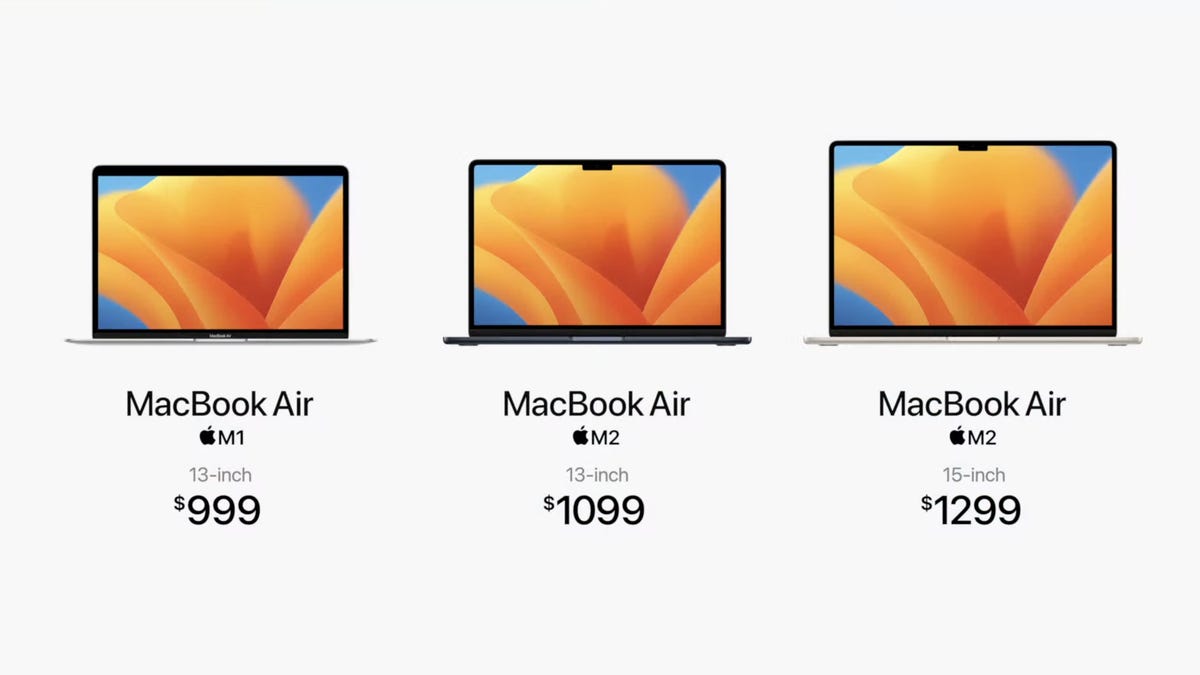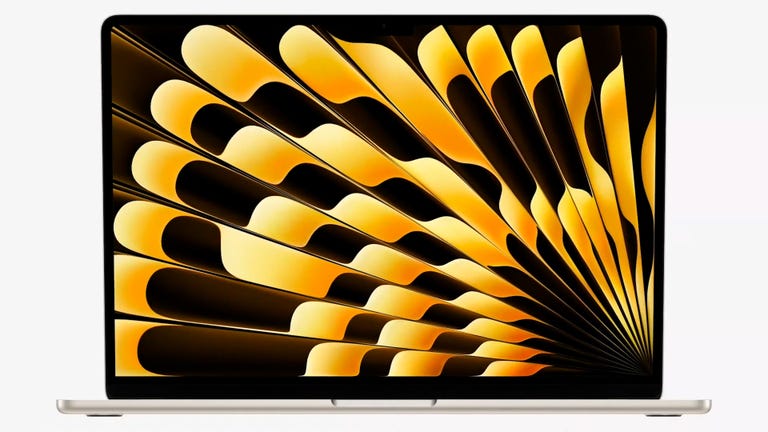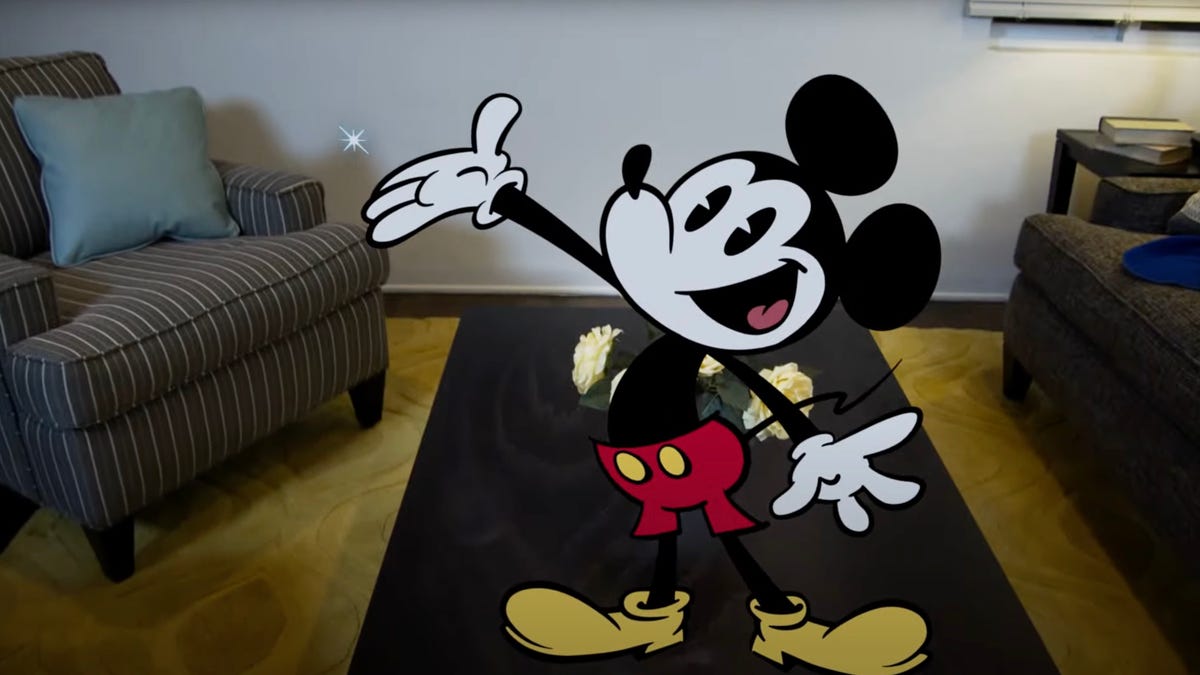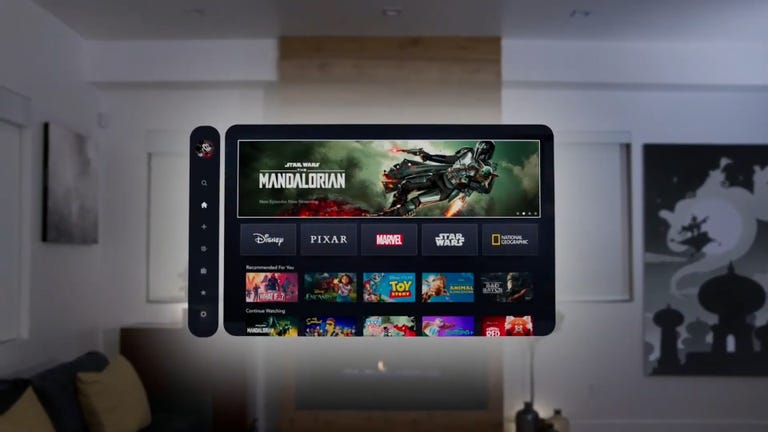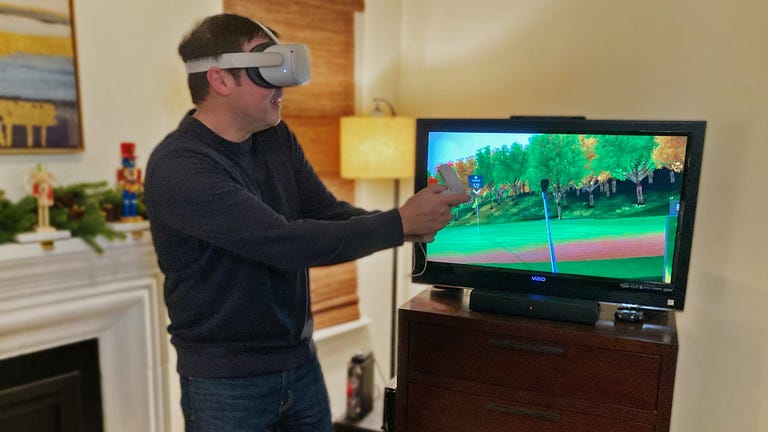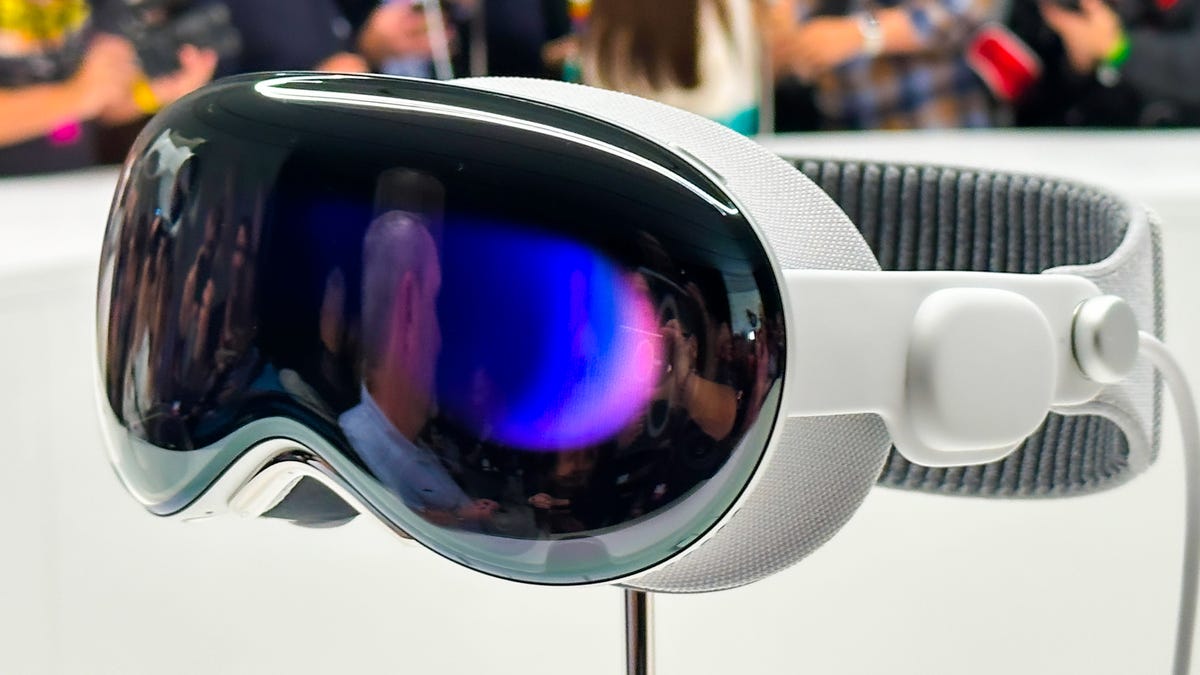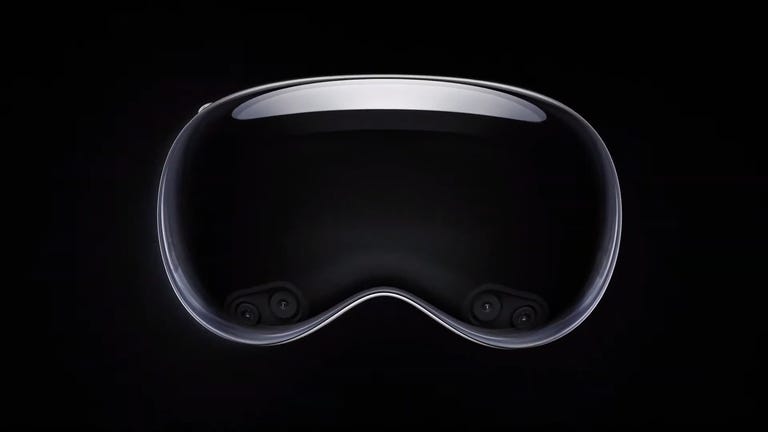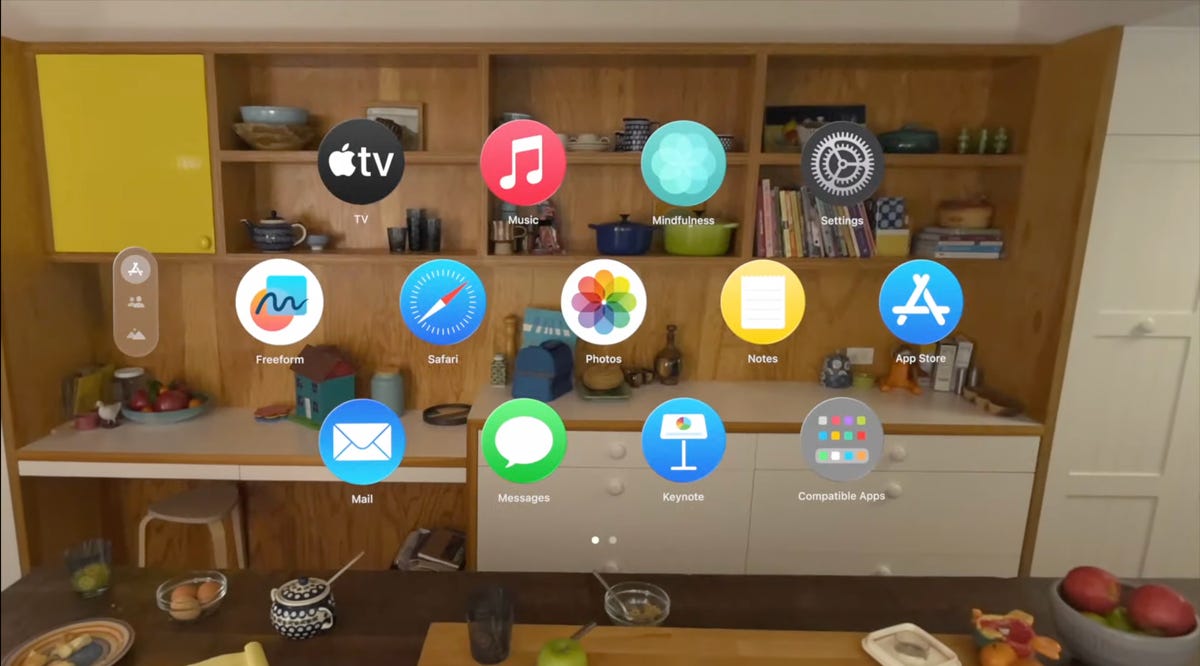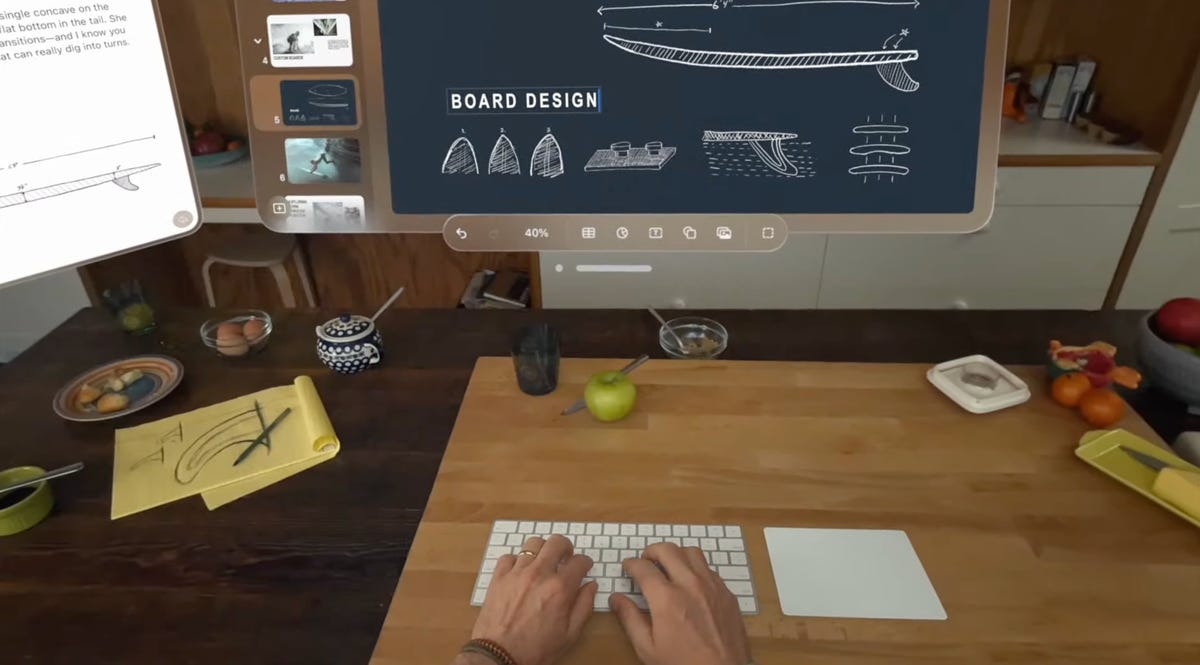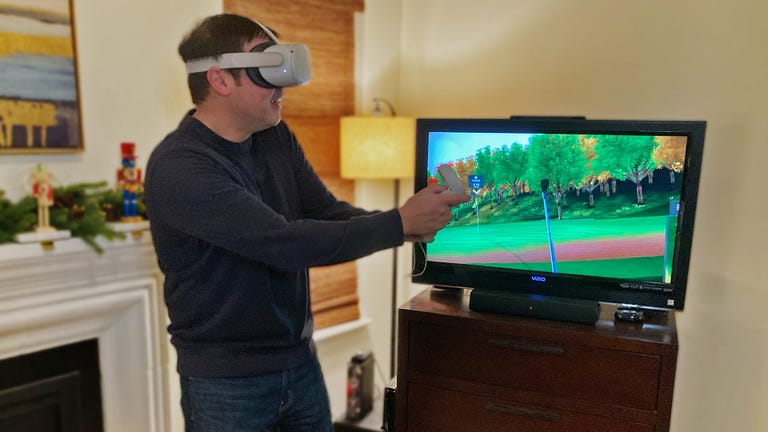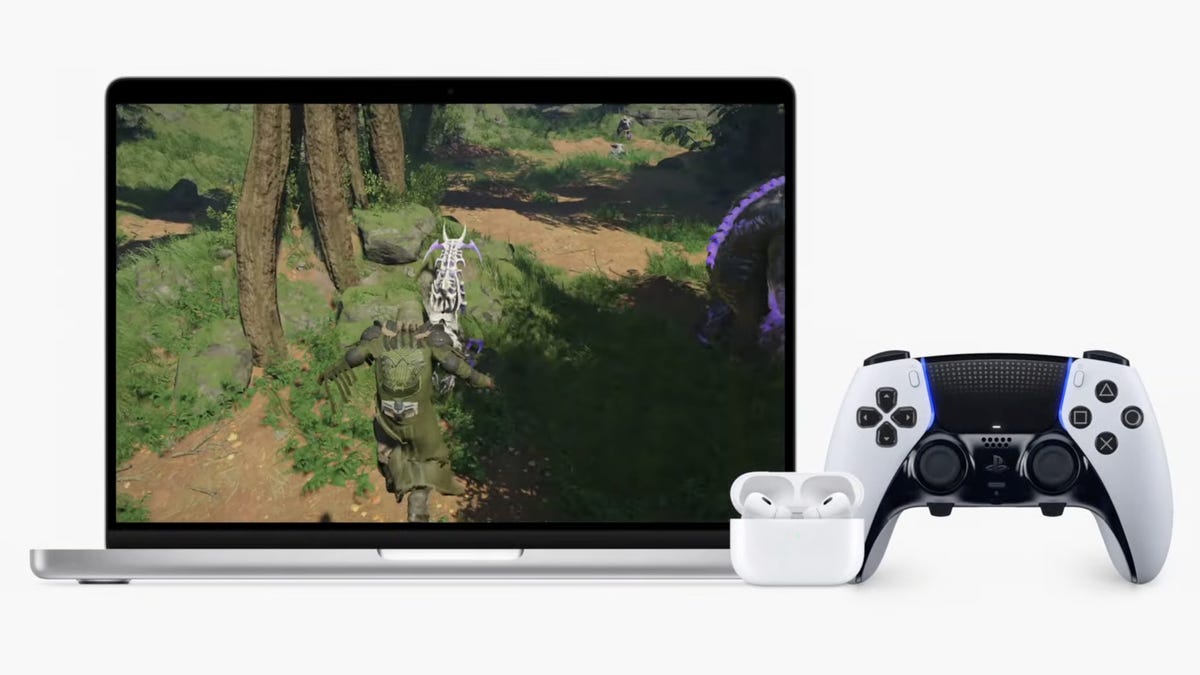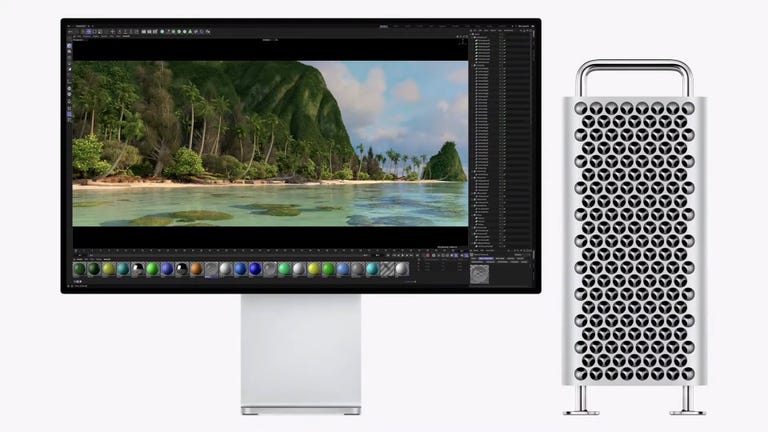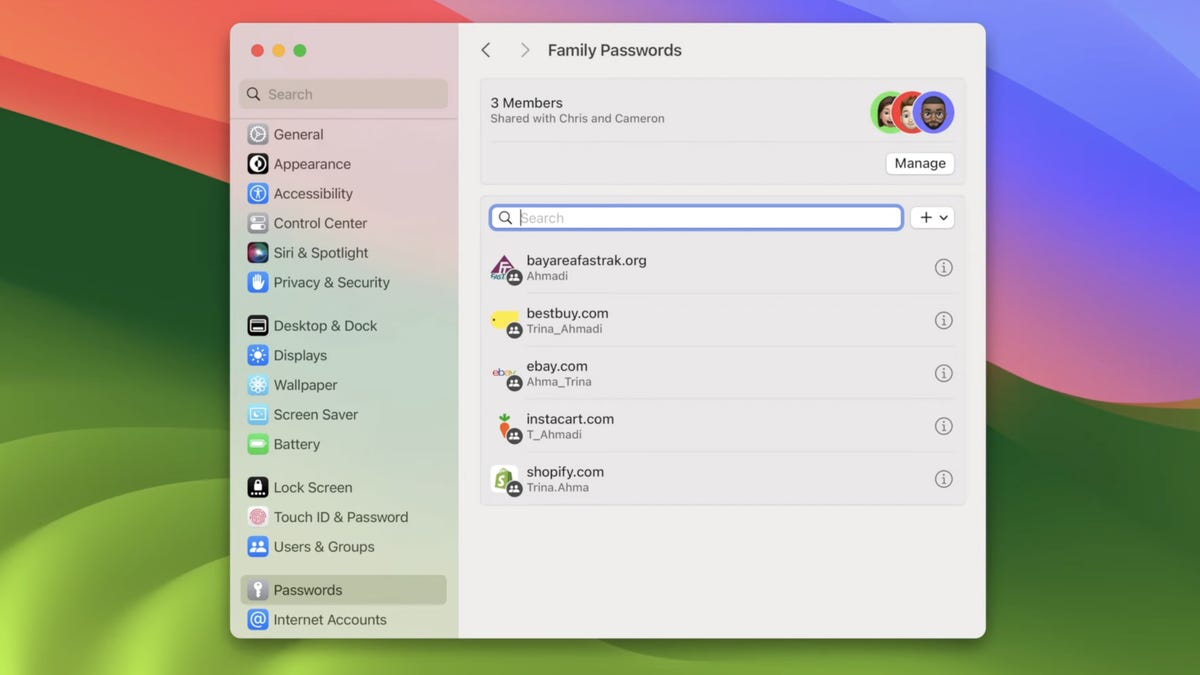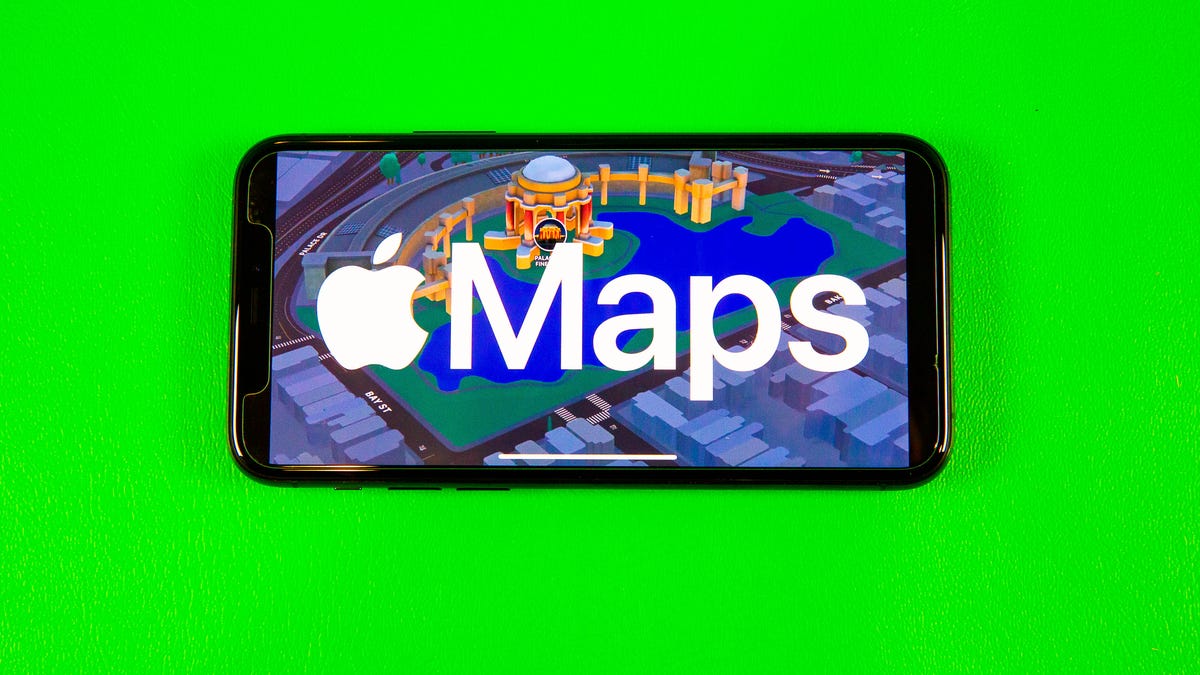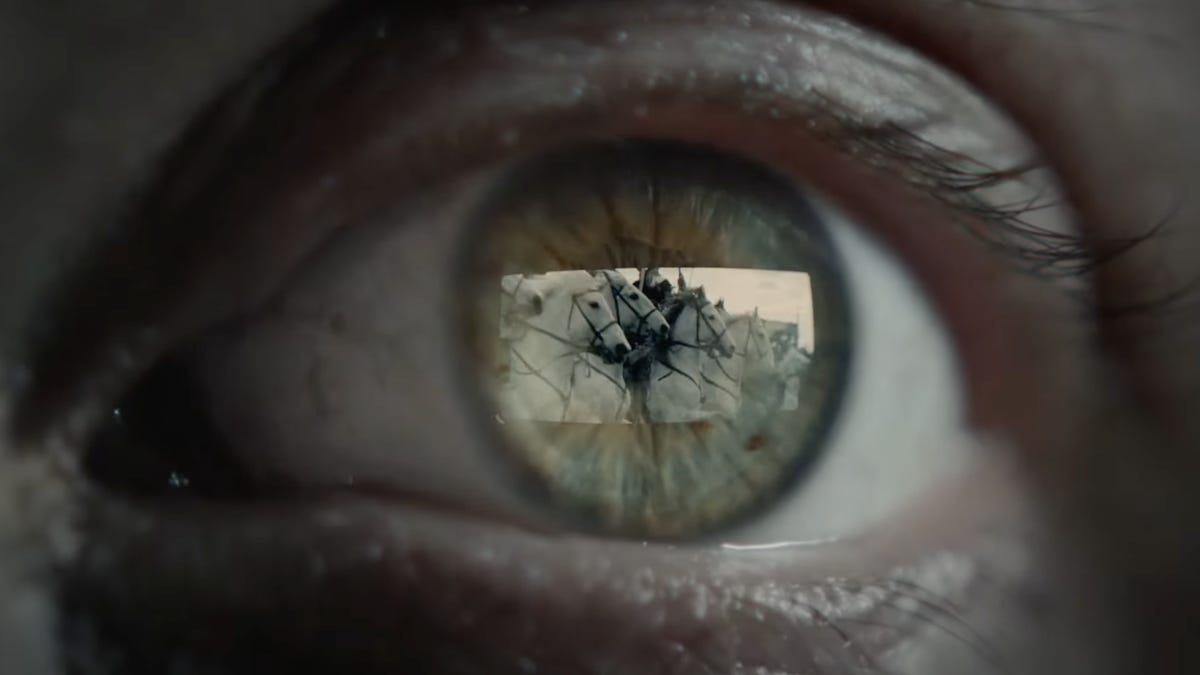Advertiser Disclosure
Not wanting to lose any time, Apple has just released the first developer beta for iOS 17, shortly after announcing the latest iPhone update at WWDC on Monday.
Don’t miss: Apple Unveils iOS 17 for the iPhone at WWDC 2023
iOS 17 places an emphasis on communication, with several new features to the Phone, FaceTime and Messages applications, including personalized contact posters, video messages, a more intelligent autocorrect, improved AirDrop options and the Journal app.
More from WWDC 2023
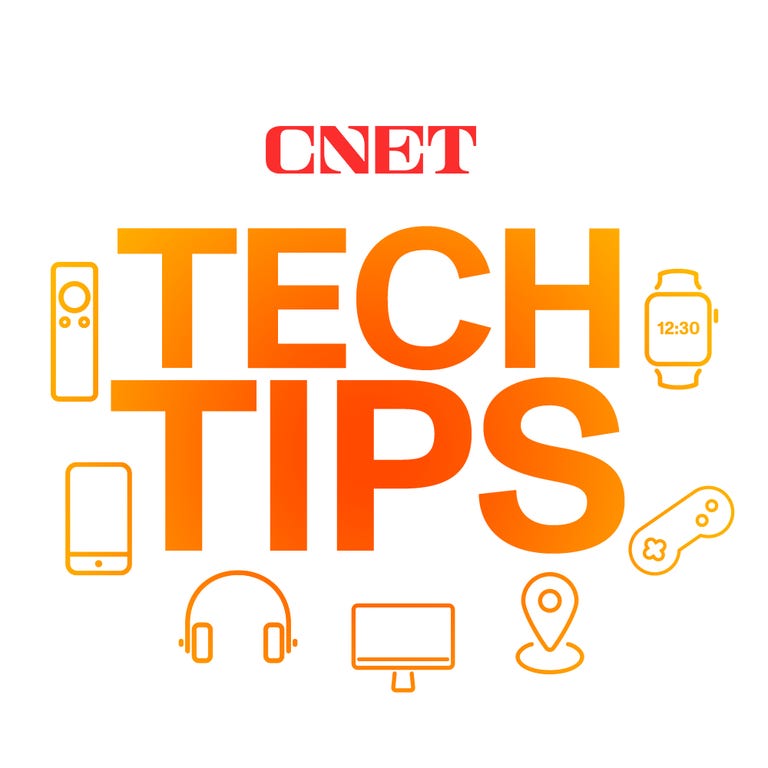
Before you go on and install iOS 17, you should know that developer beta versions like this aren’t intended for general use, especially because they may have unfinished features and issues that can make the iPhone difficult to use. These early beta releases are, instead, for developers, to help them keep their apps up to date and get early access to the upcoming features.
In short, you probably shouldn’t install the developer beta on your primary iPhone. If you really want to get iOS 17 right now, try to find a spare iPhone that is new enough (iPhone XS or later) to work with the latest software.
Check out: iOS 17 Is Coming This Year. Will It Work on Your iPhone?
For those who still want to dive in, we’ll show you how to install the iOS 17 developer version on your iPhone, as well as what to do in case you want to revert to iOS 16.
If you want to learn more about what was announced at WWDC, here’s what you need to know about Vision Pro, Apple’s new augmented reality headset, the new 15-inch MacBook Air and MacOS Sonoma.
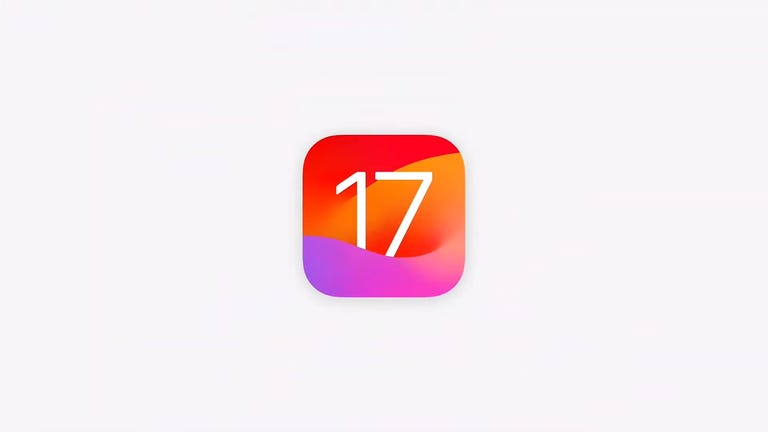
16:43
What to know before you download the iOS 17 developer beta
Because the iOS 17 developer beta is an early prerelease version, the software could have bugs and other issues.
Again, if you’re thinking about downloading iOS 17, do it on a backup or secondary phone, if available. The iOS 17 developer beta’s issues could cripple your iPhone and make it difficult to use, disabling phone calls or text messages or making it extremely laggy. However, if you only have your main phone or tablet available, make sure to back up your iPhone on iOS 16.5 (the latest version of iOS 16) before updating to iOS 17. That way you have the option to return to iOS 16 if there are too many issues on the new OS.
Also, you must have an iPhone XS or later to run iOS 17. iOS 17 is not supported on the iPhone 8, iPhone 8 Plus and the iPhone X, all of which supported the iOS 16 developer beta last year.
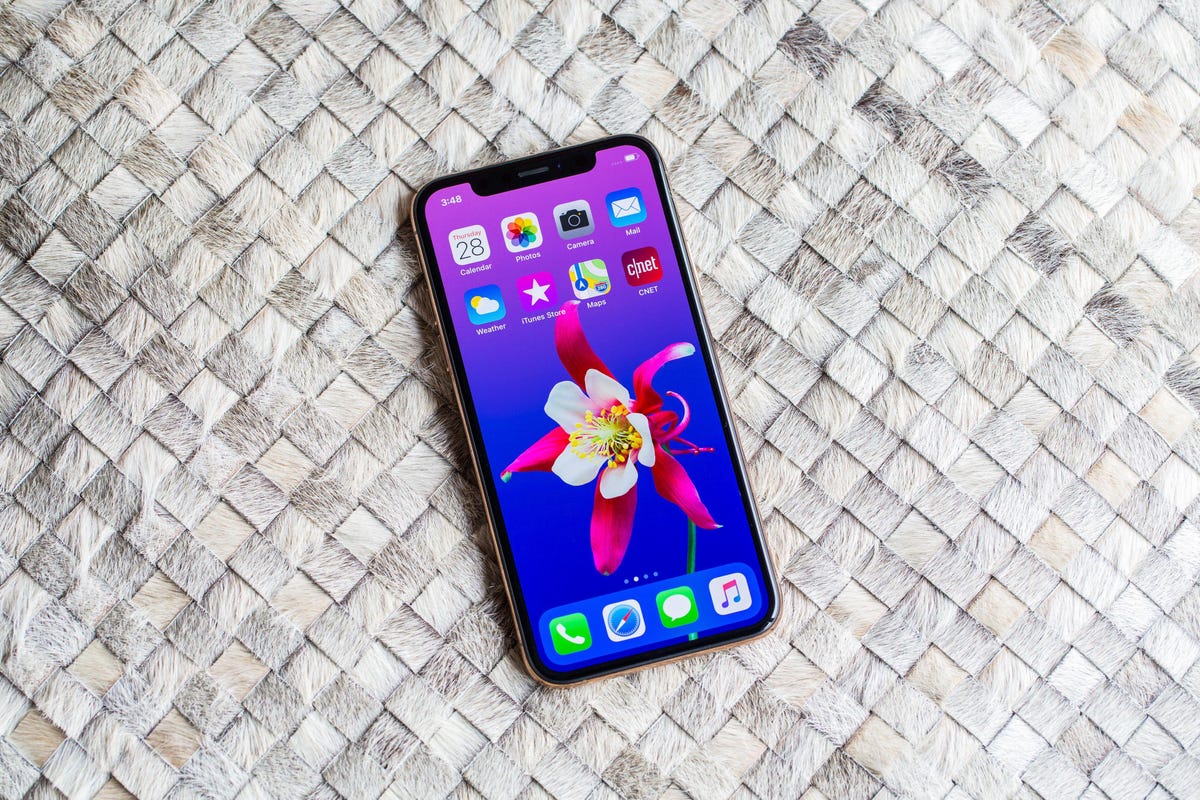
You can download iOS 17 on the iPhone XS and later.
To download the iOS 17 developer beta, you must be enrolled in the Apple Developer Program, which costs $99 a year. If you don’t want pay for the developer beta release, you can join the Apple Beta Software program and wait to download the public beta version for free when it’s available in July.
How to enroll in the Apple Developer Program
The first step to get the iOS 17 developer beta on your iPhone is to enroll in the Apple Developer Program, if you aren’t already a member. If you’re on your iPhone, here’s how you can enroll:
1. Download the Apple Developer app from the App Store, launch the app, go to Account and tap Enroll Now.
2. Sign in with your Apple ID credentials, read through the various benefits and instructions, enter your personal information and scan your ID to verify your identity.
3. Once this information is submitted, you must choose your entity (individual for most people) and agree to the program license agreement.
4. Finally, pay the Apple Developer membership fee (with Apple Pay), which is $99 (about 80 or AU$140) a year.
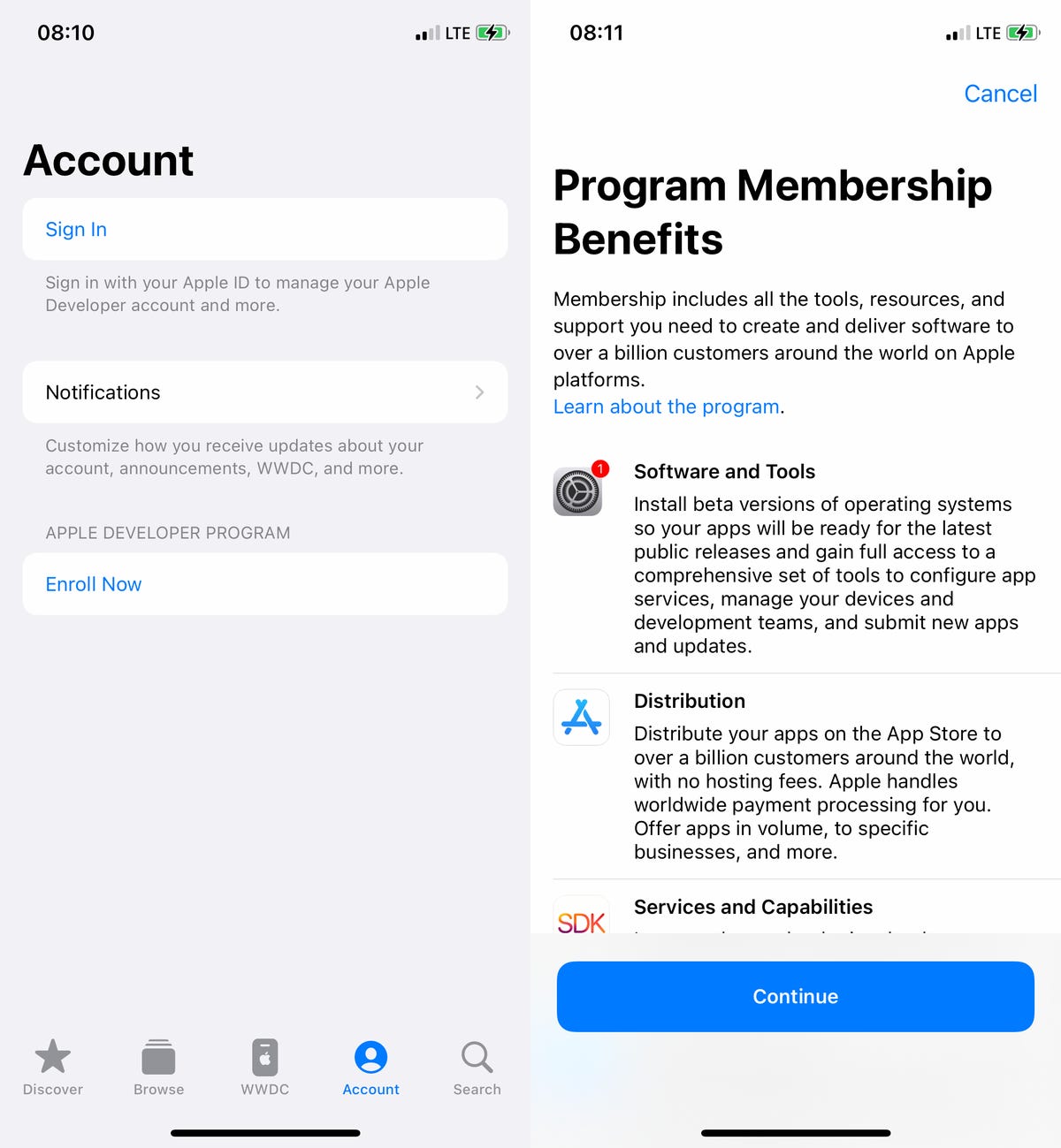
The Apple Developer app is free to download from the App Store.
After you successfully make the payment, you’ll be redirected to your Account page in the Apple Developer app. Here you can verify that you’re now enrolled, and you can also check out the date of your membership’s expiration next year.
You can install iOS 17 with an over-the-air update on your iPhone
The easiest way to download the iOS 17 developer beta is with an over-the-air update — the way you would update to any other new software release on your device. Here’s how:
1. On your iPhone or iPad, go to the Settings > General > Software Update.
2. Next, go into Beta Updates and tap iOS 17 Developer Beta.
3. Go back and tap Download and Install under the new iOS 17 Developer Beta option that appears.
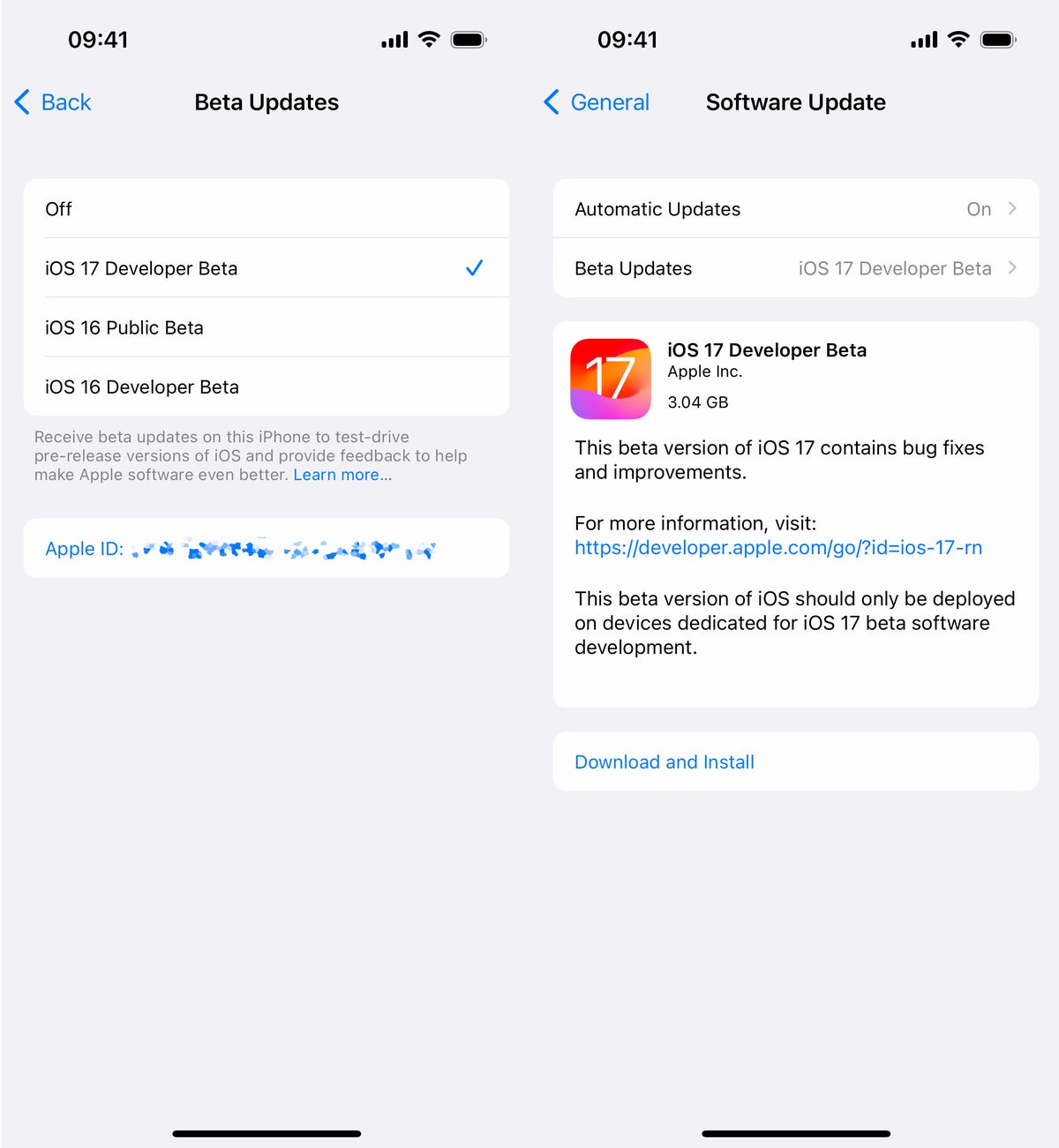
All subsequent iOS 17 developer beta updates will appear as over-the-air updates here on your iPhone.
You’ll need to then enter your passcode, agree to the terms and conditions and wait for the update to be installed. The process can take over 20 minutes, depending on your internet connection. Once your phone reboots, you should have access to the iOS 17 developer beta.
Or download the iOS 17 developer beta using your Mac
Over-the-air updates require a certain amount of storage, and if you don’t have that available, your computer is really the only way to update to iOS 17 beta without manually clearing out space.
1. On your Mac, go to the Apple Developer Program download page, find iOS 17 beta, click Download Restore Images and download the iOS beta software restore image for your specific device.
2. Connect your device to your computer and enter your device passcode or hit Trust This Computer if prompted.
3. Next, open Finder, click your device in the sidebar under Locations.
4. Hold down the Option key, click Check for Update and choose the iOS 17 beta software restore image you just downloaded from the Apple Developer page.
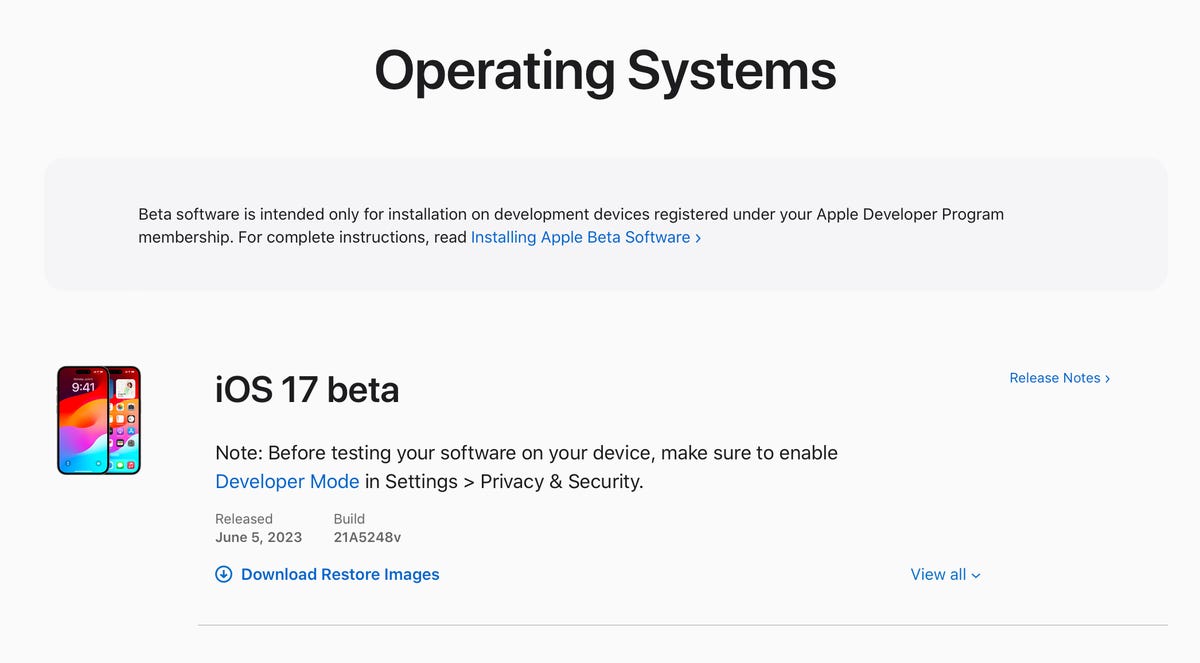
If you don’t have space on your iPhone, download and install the iOS 17 developer beta from your Mac.
The iOS 17 beta software will install on your device. Wait for a few minutes and when your phone reboots, you should have access.
While you’re here, check out the best iPhone model you can get in 2023. And if you’re looking for a new computer, check out these laptops you might be interested in.
